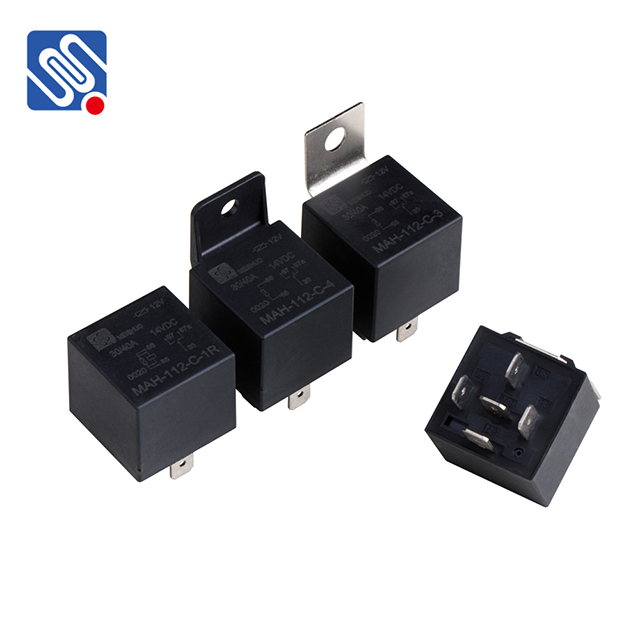Relay testing plays a crucial role in maintaining the safety, efficiency, and reliability of power systems. In electrical engineering, relays are devices used to protect power systems from faults by detecting abnormal conditions like short circuits, overloads, or equipment malfunctions. They act as guardians of electrical systems, automatically initiating corrective actions, such as tripping circuit breakers, when faults are detected. Relay testing ensures that these vital components function as intended, safeguarding both the equipment and the system as a whole.

What is Relay Testing? Relay testing involves verifying the correct operation of a relay or protective relay device. These relays are used in electrical circuits to detect faults, and when a fault is identified, the relay sends a signal to a circuit breaker to disconnect the affected portion of the system. Relay testing confirms that the relay responds properly under simulated fault conditions, ensuring it will perform correctly in real-world situations. Testing relays involves simulating different fault scenarios and applying appropriate signals to the relay. By doing so, engineers and technicians can confirm that the relay activates within the specified time and voltage or current parameters. This process typically requires specialized equipment known as relay testing devices or protection testing equipment, which can simulate fault conditions by injecting predetermined test signals into the relay.